Maryborough’s Trusted Trenching Experts
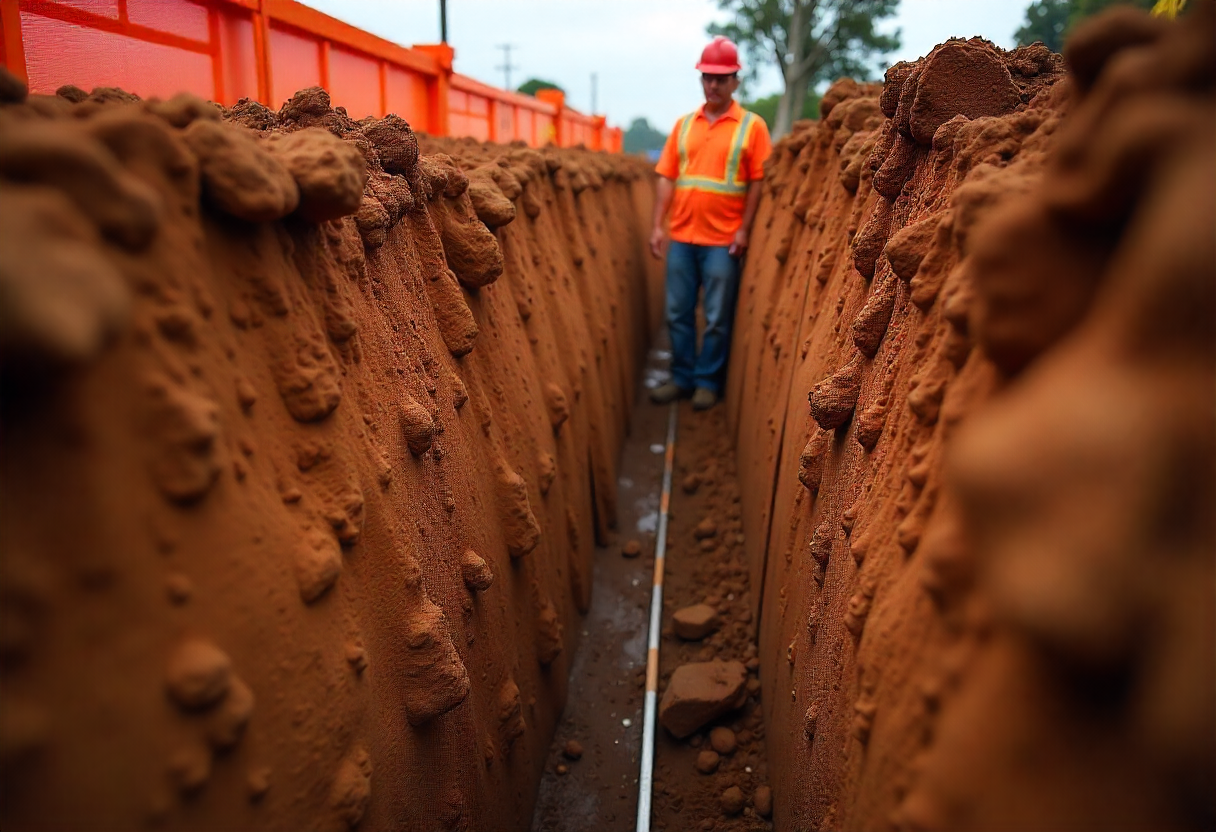
TrueForm Concreting Maryborough has been providing professional trenching services across Maryborough and the Fraser Coast for years. The team has experience with everything from shallow NBN conduits to deep sewer mains that must clear local clay layers. Whether it’s an electrician running cables, a plumber connecting a new home to the water main, or a property owner addressing drainage issues after a wet season, the quality of trenching work makes all the difference.
Improper trenching can create major problems. Trenches can collapse without proper shoring, service lines can be damaged without checking Dial Before You Dig, and drainage systems can fail if gradients are wrong. With Maryborough’s mix of clay soils, aging infrastructure, and strict council requirements, TrueForm Concreting Maryboroughdelivers experienced, reliable, and safe trenching solutions every time.

Types of Trenching Services We Handle
How Professional Trenching Actually Works
Step 1: Pre-Work Planning and Utility Location
Before digging, all utilities are marked with Dial Before You Dig, and council permits or traffic management plans are confirmed. This ensures safety and compliance.Step 2: Site Assessment and Access Planning
The site is inspected for machinery access, soil type, tree roots, obstacles, and proximity to boundaries or structures. Planning ensures minimal disruption and proper trench routing.Step 3: Excavation with Precision
Trenches are dug to exact width and depth, walls stabilized, and topsoil separated. Laser levels ensure correct gradients for drainage, and unexpected obstacles are managed carefully.Step 4: Pipe Installation and Bedding
Bedding material is placed, pipes or cables installed with proper joints and fall, and warning tape added over utilities. Coordination with other trades is maintained if needed.
Step 5: Backfilling and Compaction
Approved materials are compacted in layers to prevent subsidence, with topsoil reserved for the surface. Areas for traffic or structures are compacted to 95%, and mounding allows for settling.Step 6: Restoration and Cleanup
The site is restored to its original state or better, including lawns, driveways, and footpaths. Spoil is removed, levels checked, and documentation taken for council approval if required.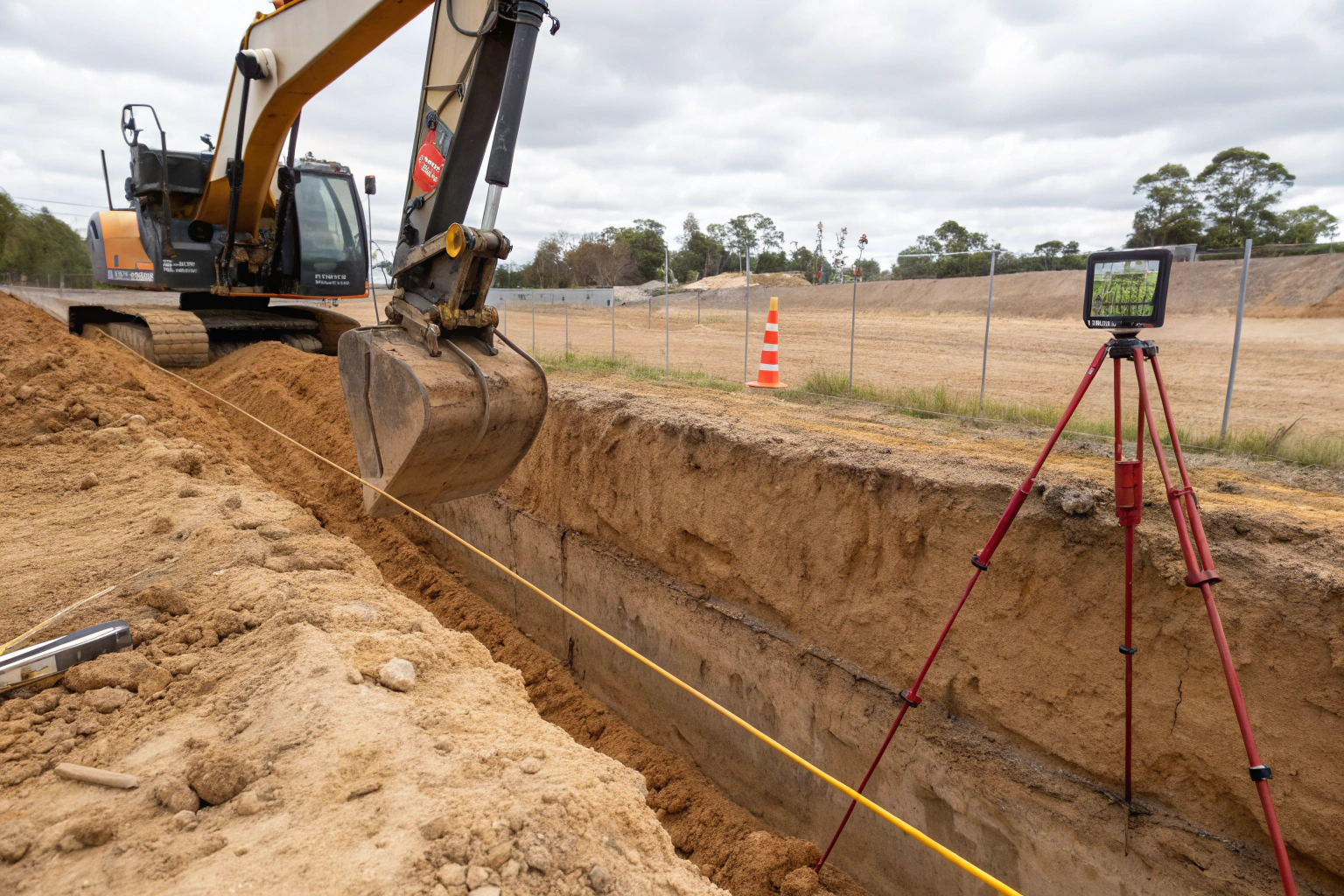
Common Trenching Projects Around Maryborough
• New Home Utility Connections: Trenching for water, sewer, electrical, and NBN lines, ensuring proper depths and gradients for safe, efficient service.
• Stormwater and Drainage Solutions: Installation of residential French drains, agricultural drains, and roof water connections to prevent standing water, with accurate gradients for proper flow.
• Service Repairs and Upgrades: Replacement and upgrading of aging water, sewer, and stormwater infrastructure, including emergency repairs for burst mains.
• Telecommunications and NBN Installation: Precision trenching and directional boring for fiber optic cables, minimizing disruption and meeting strict depth and protection standards.
• Commercial and Industrial Trenching: Large-scale trenching for industrial sites, subdivisions, and commercial buildings, including electrical feeds, sewer mains, and fire service connections, with traffic management and council coordination as needed.
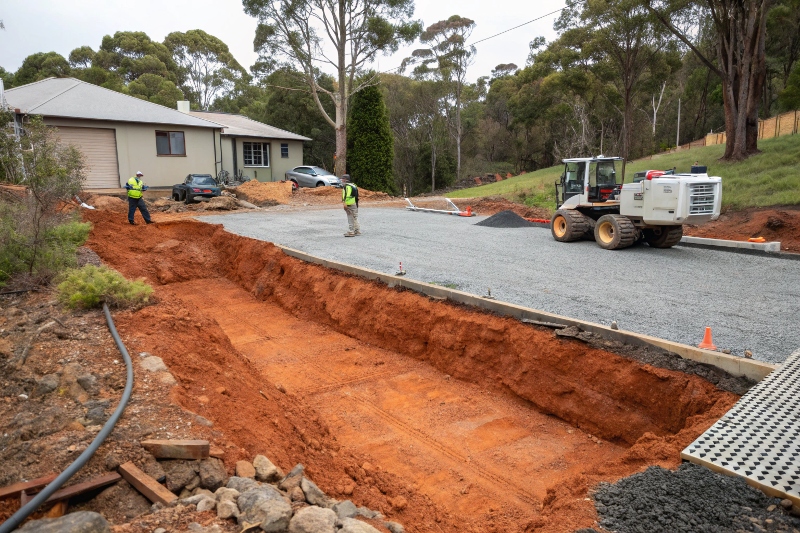
What You Need to Know Before Starting a Trenching Project
- Know What’s Being Installed: Different utilities require specific trench depths, widths, bedding, and gradients.
- Understand Permits: Council approvals may be needed for work on roads, footpaths, or near boundaries; property owners are responsible for securing them.
- Plan for Access and Disruption: Ensure space for machinery, spoil storage, and allow for temporary driveway or business interruptions.
- Budget for Proper Work: Quality trenching costs more upfront but prevents future issues from shortcuts like poor compaction or shoring.
- Coordinate Multiple Trades: Align plumbers, electricians, and landscapers to make one excavation serve multiple purposes efficiently.

Safety and Compliance Standards We Follow
- Dial Before You Dig: All jobs, big or small, begin with utility location to prevent accidental strikes.
- Trench Safety Protocols: Trenches deeper than 1.5 m use shoring, battering, and secure entry/exit points; barricades keep people and animals safe.
- Traffic Management: Roadside work follows council requirements with signs, barriers, and traffic controllers to protect workers and motorists.
- Confined Space Entry: Deep trenches are treated as confined spaces with gas detection, rescue plans, and trained personnel.
- Insurance and Licensing: Public liability and professional indemnity cover all work, with trained and certified staff handling every project.
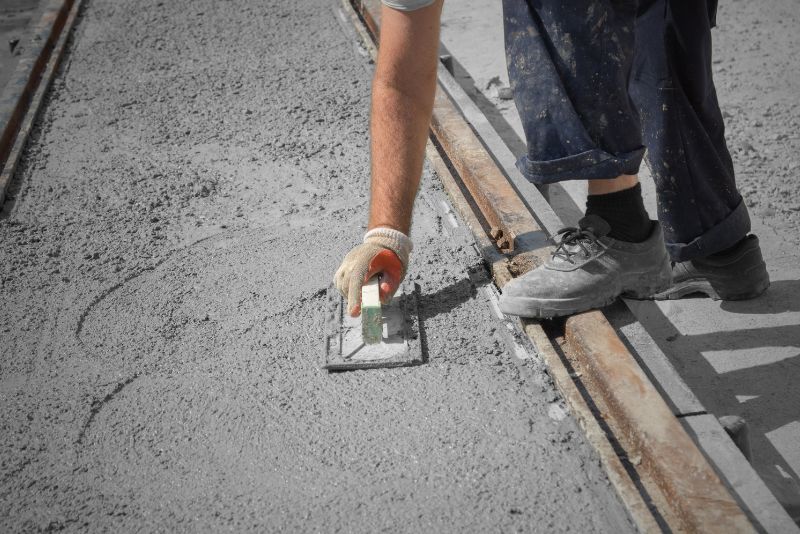
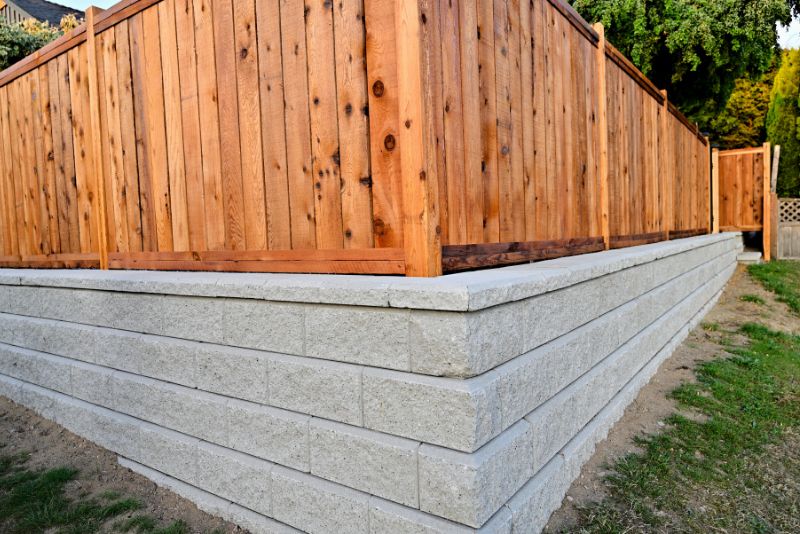
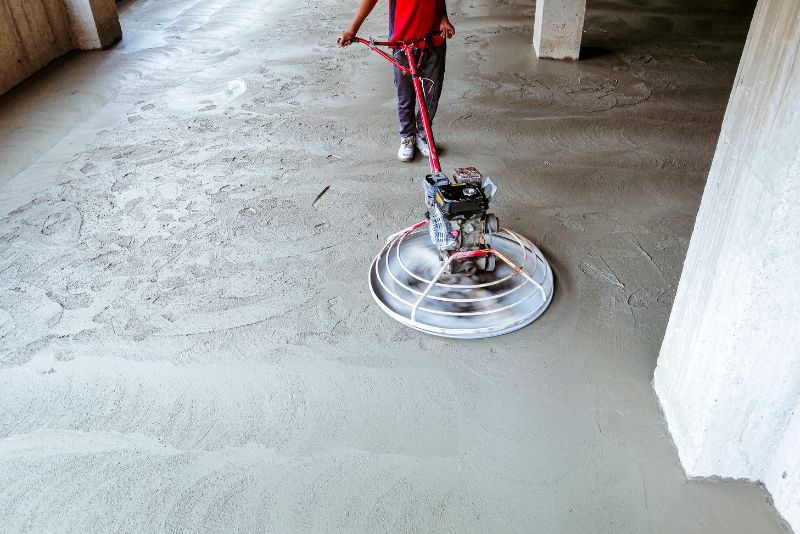
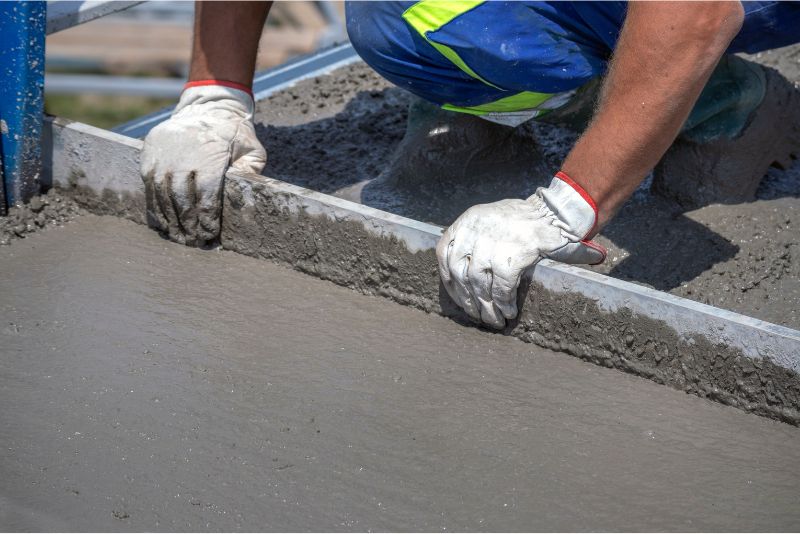
Why Property Owners and Trades Choose Us
Get Your Trenching Project Done Right
Look, trenching might not be glamorous work, but it’s the foundation (literally) for properly functioning utilities, drainage, and infrastructure. Done right, you’ll never think about it again – it just works. Done poorly, you’re looking at collapsed trenches, damaged services, drainage that doesn’t drain, and expensive repairs.
If you’ve got trenching work coming up – new service connections, drainage solutions, utility installations, or emergency repairs – give me a call. I’ll come have a look at what you’re dealing with, explain what’s involved, and give you a straight quote with no hidden extras.
FAQs About Trenching Services in Maryborough
Depends on what we’re digging through and how deep we’re going. On a typical Maryborough residential job with our mini excavator in decent soil, we’ll knock out 50-80 meters of shallow utility trench in a day. Hit clay or rock like we often do around Tinana, and that drops to maybe 20-30 meters. Weather plays a part too – after rain, clay becomes a nightmare to work with and slows everything down.
Our walk-behind trencher can punch through about 30-40 meters per hour in good conditions – that’s roughly 100-130 feet for those still thinking imperial. But that’s in ideal sandy soil like you get closer to Hervey Bay, not the heavy clay we hit in parts of Maryborough. Rocky ground or tree roots slow us right down, sometimes to half that speed. And that’s just the digging – doesn’t include prep work, utility location, or cleanup.
For long, straight runs at consistent depth, yeah, the trencher’s quicker – we’re talking maybe twice as fast. But around Maryborough where we’re often working in tight residential blocks, dodging existing services, or dealing with varying depths, the mini excavator’s more versatile. Plus the excavator handles our clay soils better when they’re wet, which matters during Fraser Coast’s wet season.
In good soil conditions, we’re moving at walking pace – about 30-40 meters per hour once we’re set up and running. The heavy clay around Maryborough slows that down considerably, sometimes to 15-20 meters per hour. Tree roots, rocks, or working near existing services means we’re going slower and more carefully because rushing causes expensive mistakes.
Our trencher cuts about 150-200mm wide, which is perfect for cables and small pipes but too narrow for bigger sewer or stormwater work. That’s why we use the mini excavator for most jobs around here – gives us the flexibility to match trench width to what’s being installed. Plus you can’t adjust a trencher’s width, so if the job requirements change, you’re stuck.

